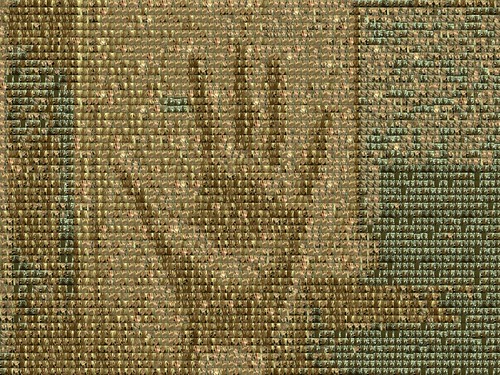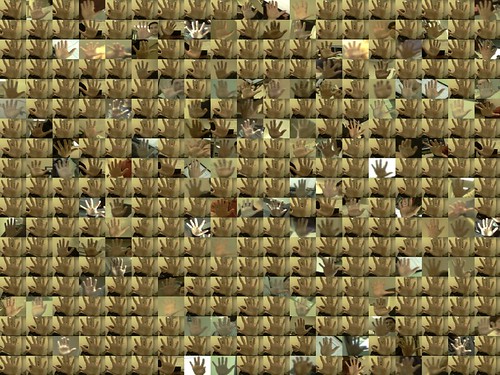This release is mainly for final testing before the 0.9.0 release. We expect no significant changes between 0.3.0 and 0.9.0 other than removal of already deprecated APIs. A reminder: please switch from image_transport::ImagePublisher and image_transport::ImageSubscriber to image_transport::Publisher and image_transport::Subscriber.
Changes in this release are primarily of interest to image_transport plugin developers; see the full changelist.
A couple notes on compatibility with outside packages (trunk versions):
- compressed_image_transport has been updated for compatibility with post-0.1 image_common.
- image_view now allows you to specify a transport name on the command line. The default transport is "raw".
Changes
- image_transport:
- Fixed bug in SimplePublisherPlugin making it unusable for non-trivial transports
- Added internal subscription callback support to SimplePublisherPlugin
- Parts of the documentation have been moved to the wiki
Download



















